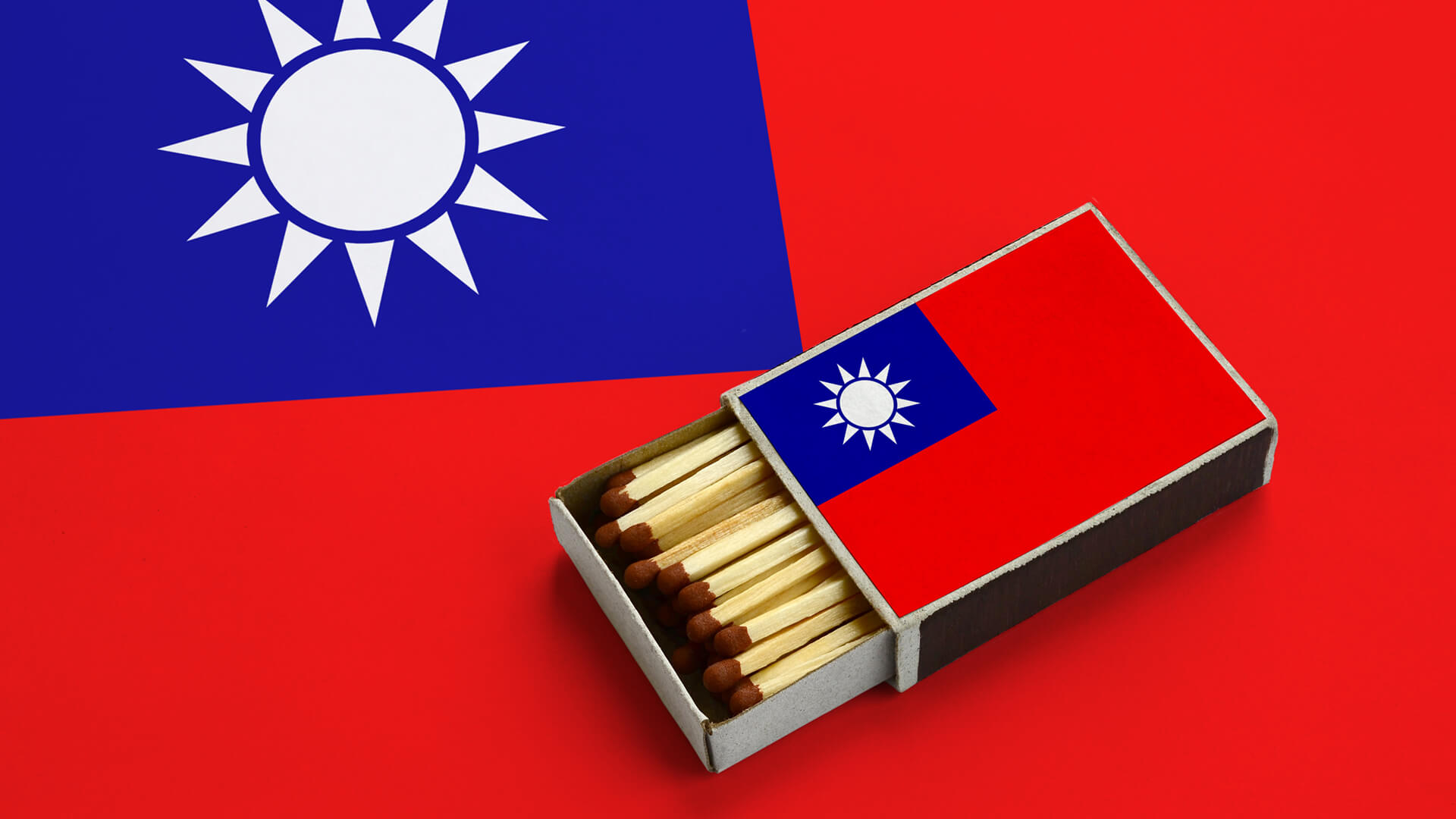
Peter Zeihan: What Would a Conflict in Taiwan Look Like?
Let’s discuss what China’s potential invasion of Taiwan would look like. Should China attack, both Biden and Trump have been explicit that the US would…
Thought Leader: Peter Zeihan
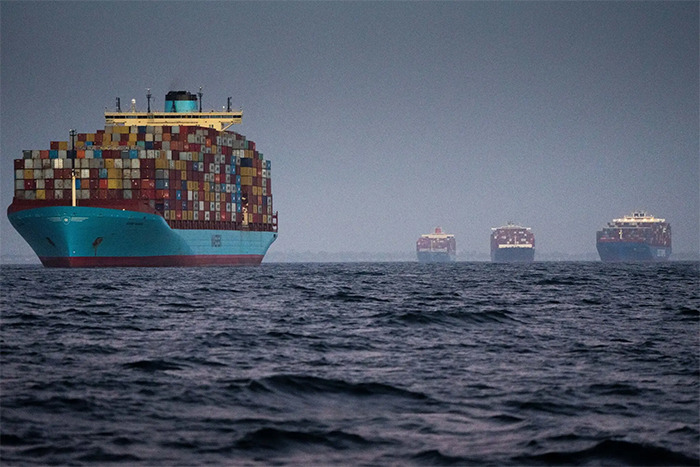
Southern California appeared to be under siege from a blockade.
More than 50 enormous vessels bobbed in the frigid waters of the Pacific Ocean, marooned off the twin ports of Los Angeles and Long Beach, Calif. As days stretched into weeks, they waited their turn to pull up to the docks and disgorge their cargo. Rubberneckers flocked to the water’s edge with binoculars, trying to count the ships that stretched to the inky horizon.
This was no act of war. This was what it looked like when the global economy came shuddering to a halt.
It was October 2021, and the planet had been seized by the worst pandemic in a century. International commerce was rife with bewildering dysfunction. Basic geography itself seemed reconfigured, as if the oceans had stretched wider, adding to the distance separating the factories of China from the superstores of the United States.
Given the scale of container ships — the largest were longer than four times the height of the Statue of Liberty — any single vessel held at anchor indicated that enormous volumes of orders were not reaching their intended destinations. The decks of the ships were stacked to the skies with containers loaded with the components of contemporary life — from clothing and electronics to drums full of chemicals used to concoct other products like paint and pharmaceuticals.
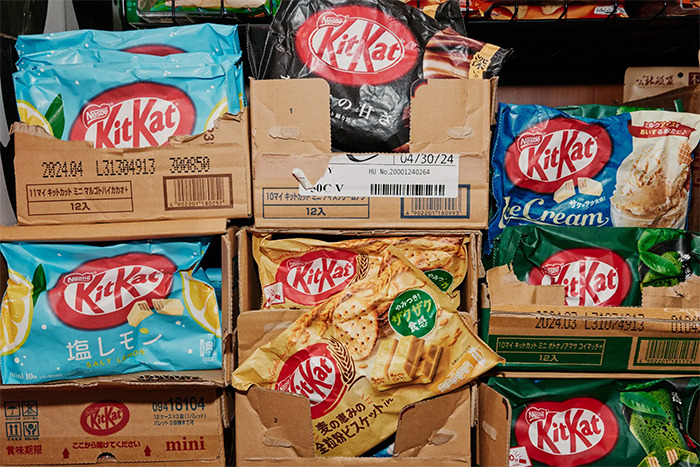
Among the ships held in the queue was the CSCL Spring, a Hong Kong-flagged vessel that was carrying a whopping 138 containers from Yihai Kerry International, a major Chinese agricultural conglomerate. Together, they held 7.3 million pounds of canola meal pellets — enough animal feed to sustain 20,000 cows for a week. Their delay was exacerbating shortages of feed afflicting livestock producers in the United States.
Five ships in this waylaid flotilla were collectively hauling 13 million pounds of Fiji bottled water. More than 17 million pounds of Heineken beer was held up. The Singaporean-flagged Wan Hai 625 was carrying almost three million pounds of polyethylene terephthalate resin, a key element for manufacturing synthetic fabrics and plastic bottles used to package soft drinks — another commodity in short supply. The same ship held 5.2 million pounds of solar panels and 1.6 million pounds of material for chain-link fencing.
By one estimate, the ships waiting off Southern California’s two largest ports were collectively loaded with more than $25 billion worth of goods. And this was a fraction of the wares stranded by a global breakdown that had reached staggering proportions. Nearly 13 percent of the world’s container shipping fleet was floating off ports from China to North America to Europe. Upward of $1 trillion worth of product was caught in the congestion.
All of this stuff was supposed to be somewhere else.
But the docks were overwhelmed by an influx of containers as Americans stuck in quarantine outfitted themselves for the apocalypse, filling their basements with exercise bikes, their bedrooms with office furniture and their kitchens with baking equipment. Most of these goods were manufactured in Asia. The trucking industry complained that it could not hire enough drivers to move this tsunami of product. Warehouses were stuffed to the rafters and short of workers. The railroads — hollowed out by years of corporate cost cutting — were buckling in the face of a surge of demand.
For decades, the world had seemed compressed, the continents bridged by container ships, internet links and exuberant faith in globalization. Now, the earth again felt vast.
In the center of the pileup off Long Beach lay the Maersk Emden, a Danish-flagged container ship that stretched 1,200 feet long and 158 feet wide. Freshly arrived from the Chinese port of Ningbo, it was carrying roughly 12,000 containers.
Hagan Walker had only one box on board the Maersk Emden — a 40-foot container logged in the shipping manifest as MSMU8771295. But it held the most important order in the brief history of his start-up.
Mr. Walker’s company, Glo, was based in a small town in Mississippi. It made plastic novelty cubes that lit up when plunked in water. He had recently secured a breakthrough deal — a contract to make bath toys for Sesame Street, including a figurine version of the iconic Elmo. He had planned to debut them during the pivotal holiday season, now only two months away.
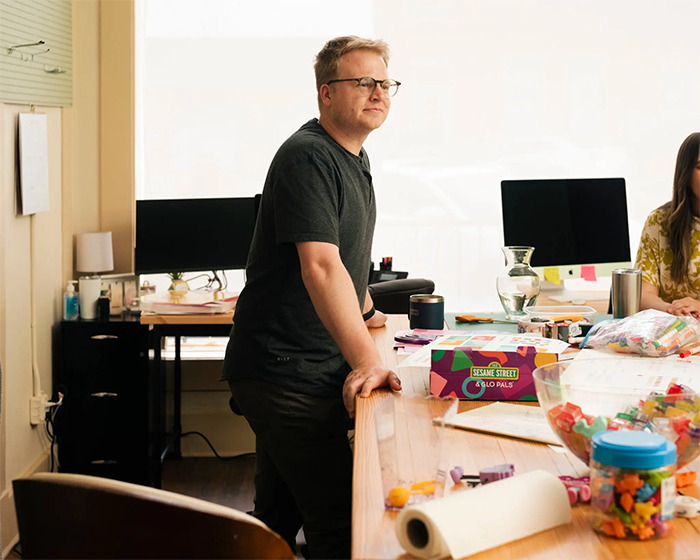
Like millions of companies, Mr. Walker’s operation depended on two crucial elements: factories in China to make its products and gigantic container ships to carry them to American shores. For decades, this had proved a cheap and reliable way to do business, the means by which major brands and niche players alike had kept the world’s largest economy stocked with everything from oven cleaner to aircraft parts.
But that equation was unraveling, and Mr. Walker found himself confronting the mother of all traffic jams off the coast of Southern California.
As the calendar continued its relentless march toward the holiday season, his Elmo dolls were floating out on the water, castaways during the Great Supply Chain Disruption.
By the time the Maersk Emden joined the floating queue off Long Beach bearing Mr. Walker’s shipment, people from Europe to Africa to North and South America had endured a terrifying scarcity of personal protective gear like face masks and medical gowns. This had forced frontline medical workers to attend to patients with Covid-19 absent adequate protection.
Society had experienced the disappearance of toilet paper from store shelves amid panicked hoarding. Women’s sanitary products had become difficult to find, along with medicines like antibiotics and even aspirin. Meat display cases at supermarkets sat empty. For a time, Grape-Nuts, the popular breakfast cereal, all but vanished, along with the tapioca beads used to make boba tea.
Factories in Asia that manufactured computer chips could not keep pace with a substantial increase in demand, an emergency in an age in which chips had become the brains for all manner of devices. Auto factories from Japan to the United States to Brazil halted production, citing a lack of chips. American car dealers typically held two to three times as many vehicles as they sold in a month. By the end of 2021, their inventory had plunged to a record low — less than half their volume of sales. And as new cars became scarce, the prices of used vehicles exploded.
Medical device manufacturers embarked on a largely futile campaign to shame chip companies into prioritizing their orders over those from smartphone companies like Apple and Google. Major electronics companies began covertly buying old toys and video gaming consoles, breaking apart ancient PlayStations and Barbie accessories to harvest the chips within.
For consumers who never previously had reason to contemplate the intricacies of the global supply chain, all of this was cosmically disconcerting. The shortages of goods conveyed a gut-level affirmation that contemporary life itself had gone haywire, exposing a dark and unsettling truth: No one was in control.
In wealthy countries, society had been steeped in the idea that the internet had transcended the traditional constraints of time and space. You could go online at any hour, on any day, no matter the weather, click here, and then wait for the truck to arrive with your order.
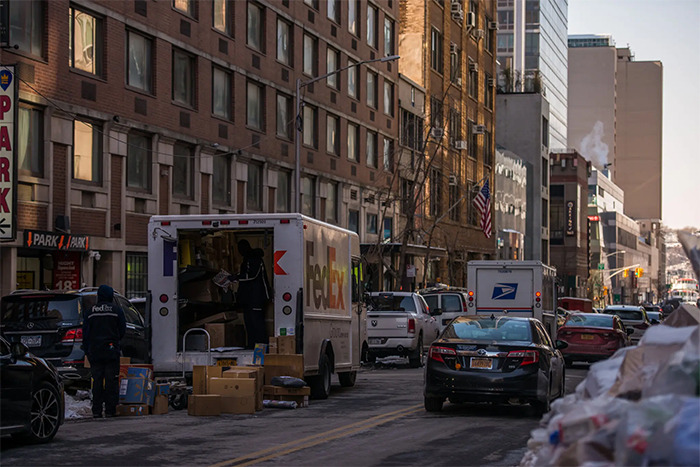
In a world full of grave uncertainty, here was a sure thing.
The supply chain was not just the circulatory system for goods, but also the source of a sense of authority over human circumstance, and a rare unifying aspect of modern existence. In a time of flagging faith in government, skepticism about news media and suspicion of corporate motives, everyone could at least believe in the unseen forces that brought the UPS guy to the door. The links connecting farms, factories and distribution centers to households and businesses had seemed inviolate.
As the supply chain began fraying, urban reality from Minneapolis to Milan was dominated by the ceaseless wailing of ambulances hauling those stricken with Covid-19 to hospitals, where people were dying on gurneys stashed in corridors, the rooms overflowing, the supply of ventilators exhausted. From San Francisco to Stockholm, people were taking their last breaths alone in nursing homes, without saying goodbye to their children and grandchildren. Every day brought grim reports of a rising tide of death that eventually took the lives of nearly seven million people worldwide.
Over recent decades, multinational companies from North America to Europe to Japan had placed their fate in a ruthless sort of efficiency. They had steadily entrusted production to factories around the globe, and especially to plants in China, chasing lower costs and fatter profits.
And they had behaved as if this strategy was devoid of risk, as if China’s industrial parks might as well have been extensions of Ohio and Bavaria. They either did not know or did not care that the shipping industry was basically a cartel, operating largely beyond the oversight of any government watchdog.
Once their products reached American shores, companies relied on transportation networks that depended on millions of workers who submitted to dangerous and lonely jobs, even as their pay and working conditions were downgraded. In constructing a supply chain governed by the relentless pursuit of efficiency, trucking and railroad businesses treated their workers as if their own time was both limitless and without value, deserving of no compensation for hours stuck waiting for the next load.
From the railroads to trucking firms to warehouses, major companies in the supply chain had long treated their workers as costs to be contained rather than human beings with families, medical challenges and other demands. Employers assumed that they did not have to worry about running out of laborers, even as they engaged in wanton exploitation. At the same time, decades of zealous reverence for deregulation as the solution to nearly every problem served to cede economic fate to a handful of companies that dominated key industries.
In Washington, both major political parties had long placed faith in the fantastical notion that gigantic companies left to seize commanding holds over their markets would yield greater efficiency.
The pandemic laid bare the consequences of relying on faraway factories and container ships to keep humanity supplied with goods.
It exposed as reckless the world’s heavy dependence on a single country — China — for critical products like protective gear and medicine, especially as Washington and Beijing were locked in a trade war.
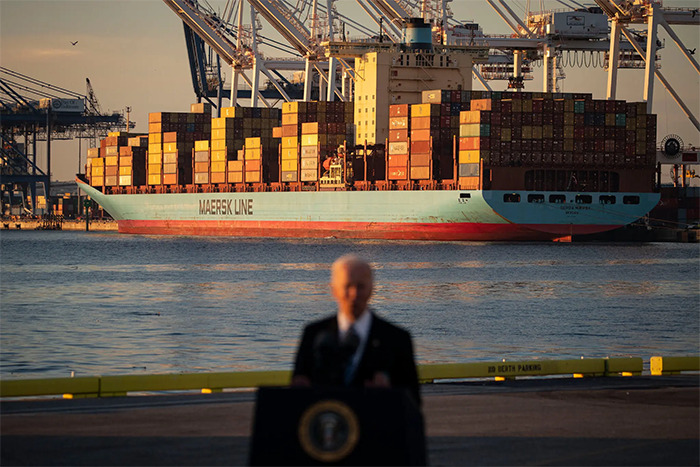
It revealed the risks of leaning on transportation systems staffed by people whose wages and working conditions had been decimated by cost cutting.
Unregulated behemoths left to dominate markets in the name of efficiency turned out to yield results that were efficient only on Wall Street.
And then broad chaos in the global supply chain helped deliver another economic affliction: inflation.
By early 2022, in the name of snuffing out price increases, central banks around the world would begin lifting interest rates. This would foist higher borrowing costs on homeowners and credit card holders. It would threaten ordinary workers with joblessness while depressing stock prices. Though economists debated the causes of inflation, part of the blame clearly fell on the reality that astonishing quantities of goods were stuck floating off ports.
By early 2023, the worst disruptions of the pandemic years had subsided. The floating traffic jams had all but disappeared, shipping rates had plunged and product shortages had eased. Yet the same foundational perils remained, awaiting an inevitable future disturbance.
The global economy has entered a new era of enduring volatility. As climate change alters the natural realm, the global supply chain will be subject to new rules and a constant reassessment of risks. Russia’s assault on Ukraine has enhanced the prospect of the world’s splintering into rival camps, complicating the geography of international trade. China and the United States appear locked in a cold war whose consequences are playing out around the globe, reshaping alliances, trade pacts and fundamental understandings about the nature of international engagement.
To meet the challenge of the next disturbance, which we can be certain is coming, we need to grapple with how we got here. We need to understand how the supply chain became so complex, extended and centered on a single country. And we must reconfigure the supply chain to safeguard society through greater resilience.
The globalization to which we have become accustomed was propelled by an especially intoxicating form of efficiency, a concept known as Just in Time, or lean manufacturing.
But the shortages of the pandemic have prompted some companies to recalibrate, building up inventories as they pivot from Just in Time to Just in Case.
As the United States and China treat each other like rival powers, multinational companies have shifted some factory production to other countries like Vietnam. American businesses are setting up factories in Mexico and Central America to retain low-cost manufacturing without having to contend with the vagaries of the Pacific Ocean. And some companies are embracing so-called reshoring, bringing factory production back to the United States.
At the end of the harrowing journey of the past four years lies one singular truth: Humanity has come to depend on a disorganized and rickety global supply chain for access to the products of our age, from lifesaving drugs and computer chips to toys and games. The system relies on myriad forms of labor exploitation, which has made it perpetually vulnerable to breakdown. And it has been constructed as a means of rewarding the investor class, often at the expense of reliability.
The Great Supply Chain Disruption is not some curious piece of recent history. It is a preview of the dysfunction that surely lies ahead if we fail to get the machine in order.
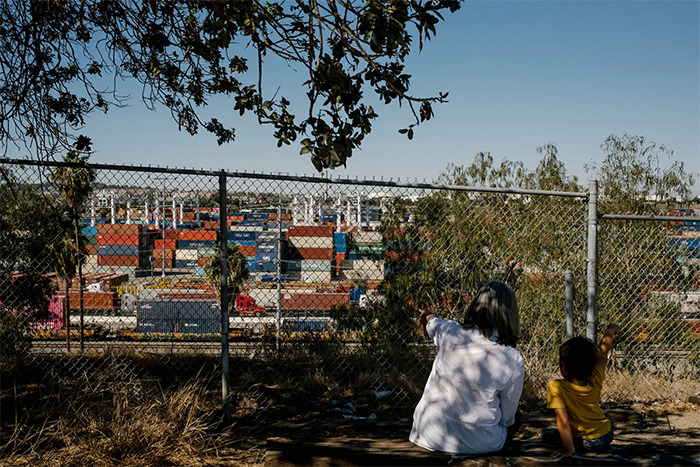
WWSG exclusive thought leader, Peter S. Goodman is a reporter who covers the global economy. He writes about the intersection of economics and geopolitics, with particular emphasis on the consequences for people and their lives and livelihoods. Contact WWSG to host him for a speaking opportunity.
Peter Zeihan: What Would a Conflict in Taiwan Look Like?
Let’s discuss what China’s potential invasion of Taiwan would look like. Should China attack, both Biden and Trump have been explicit that the US would…
Thought Leader: Peter Zeihan
Dr. Sanjay Gupta: Rethinking Health Rules We Grew Up With
“Drink your milk,” we are told as children. CNN Chief Medical Correspondent Dr. Sanjay Gupta examines our practice of continuing to drinking cow’s milk as…
Thought Leader: Sanjay Gupta
Erika Ayers Badan: Turning What Fuels You Into Business
Kerri Rosenthal is an artist, a businesswoman, a mom, not someone giving up her ambition (is that what we’re supposed to be doing at work…
Thought Leader: Erika Ayers Badan

